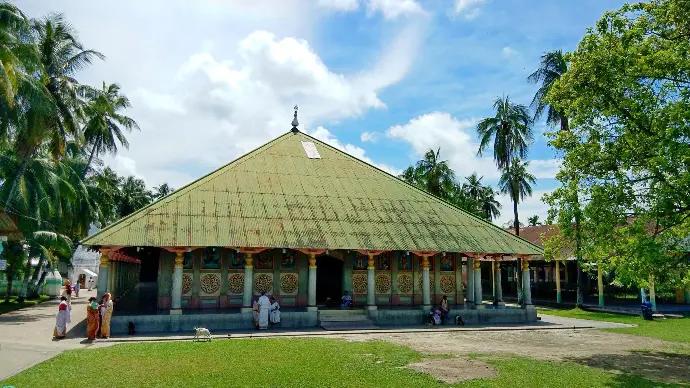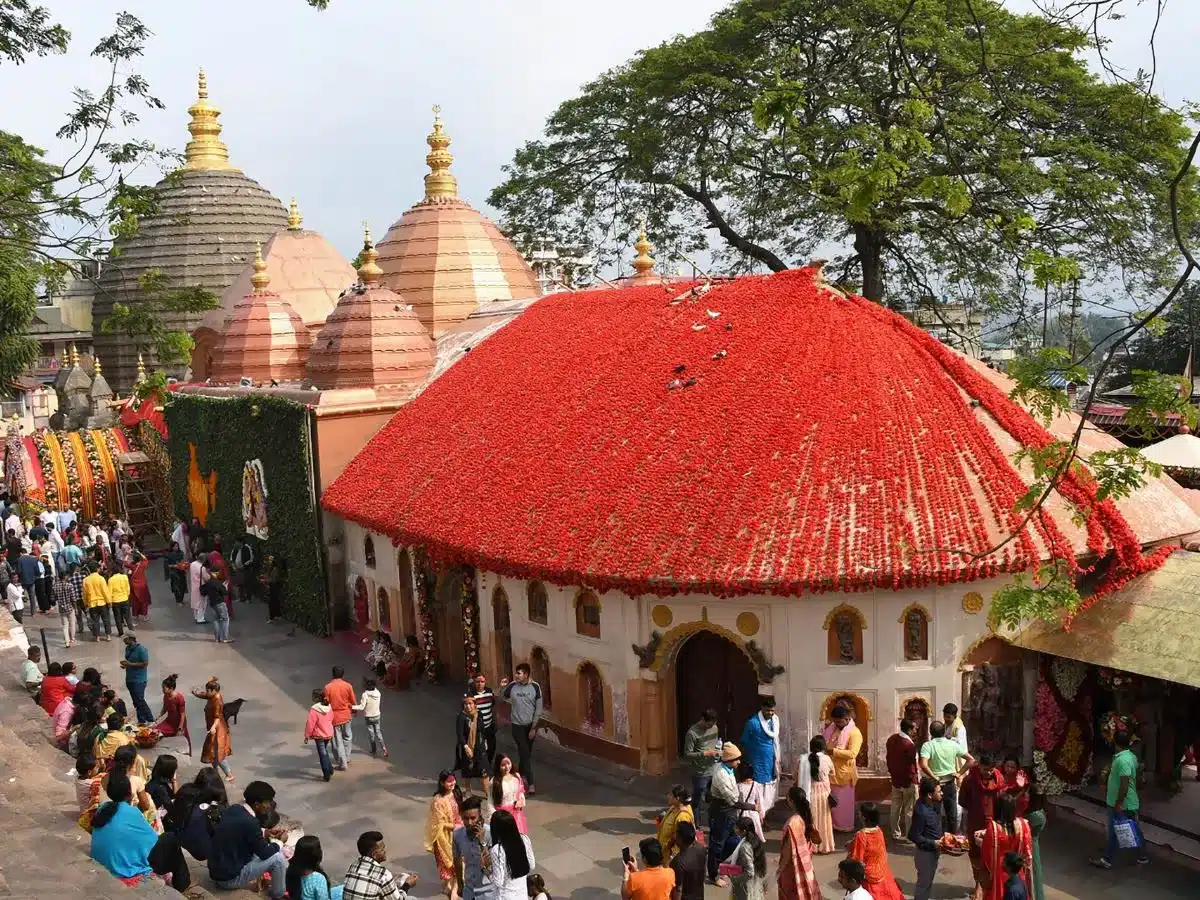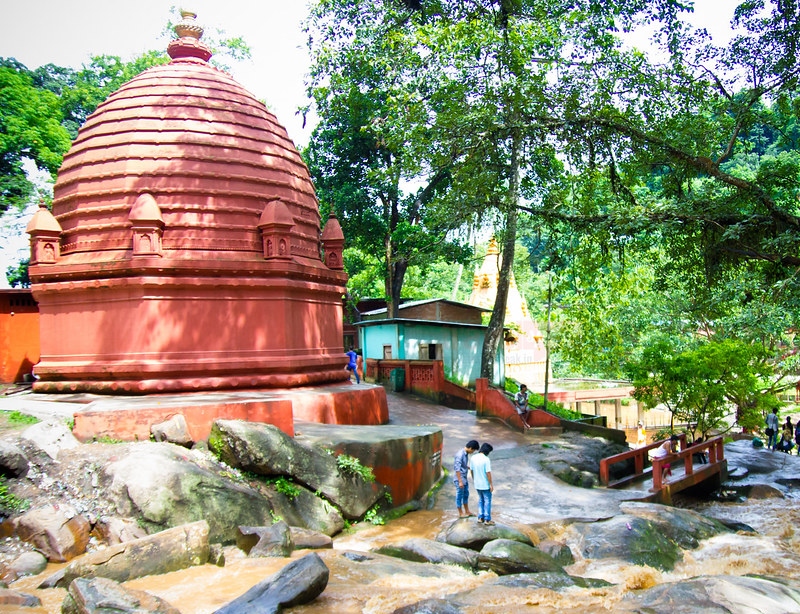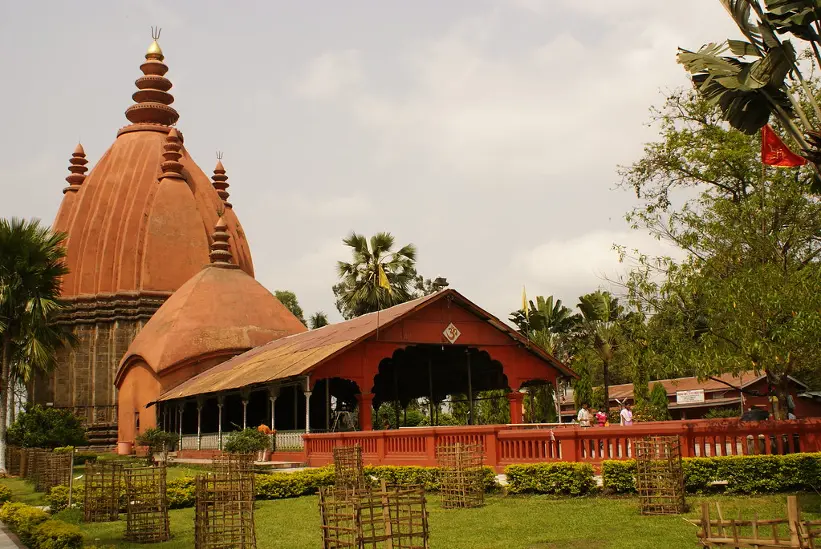The Ahom Kingdom
A Glimpse into Assam's Glorious Past
The Ahom Kingdom, also known as the Kingdom of Assam, is a significant chapter in the history of Northeast India. For nearly six centuries, from 1228 to 1826, the Ahom dynasty ruled over a vast region that now constitutes most of modern-day Assam. Their reign is marked by remarkable achievements in administration, warfare, and culture, leaving an indelible mark on Assam's heritage.
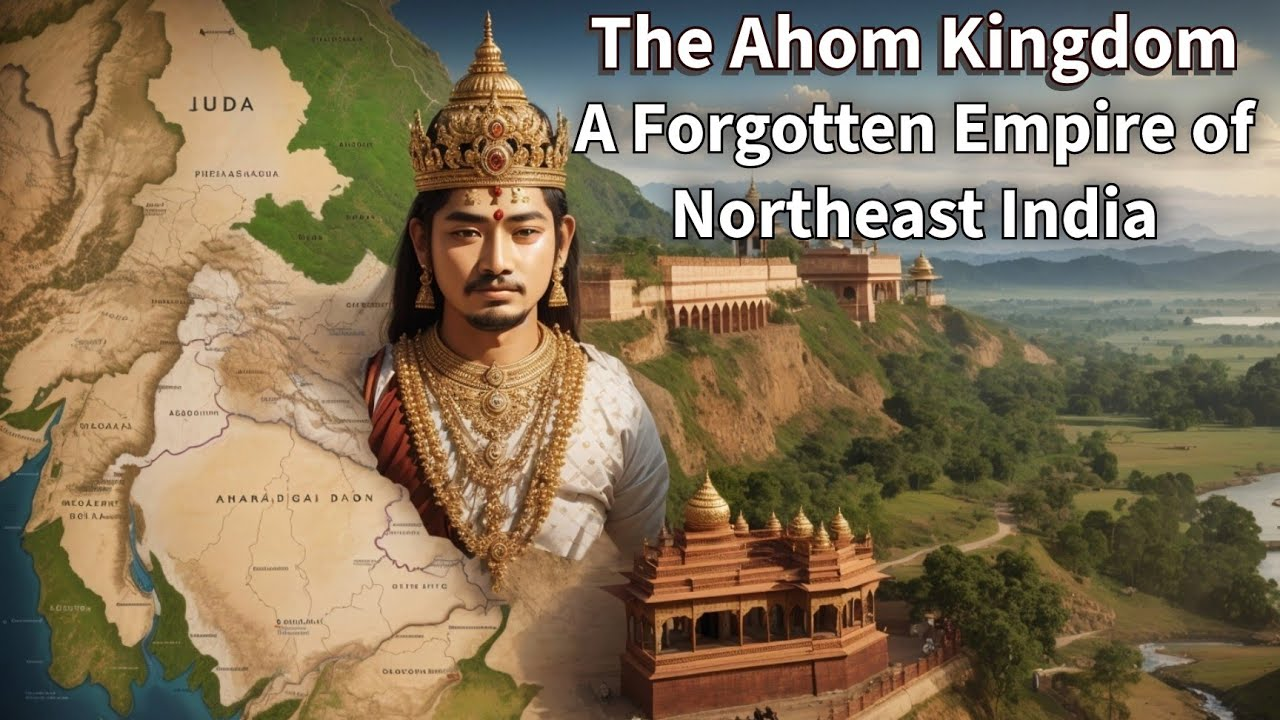
The Origins of the Ahom Kingdom
The Ahom Kingdom was founded by Sukaphaa, a prince from the Tai ethnic group, who migrated from Mong Mao (modern-day Yunnan in China) to the Brahmaputra Valley in 1228. Sukaphaa established his capital in Charaideo, which later became the royal cemetery for the Ahom kings. His arrival marked the beginning of a dynasty that would dominate Assam for centuries.
Sukaphaa's leadership was characterized by his diplomatic skills, which allowed him to forge alliances with the indigenous communities, particularly the Barahi and Morans. The fusion of Tai and local traditions laid the foundation for a unique cultural and political entity that became known as the Ahom Kingdom.
Expansion and Consolidation
The early Ahom rulers focused on consolidating their power in the Brahmaputra Valley. By the 14th century, the kingdom expanded its territory through both diplomacy and military conquest. One of the most significant expansions occurred under the rule of Suhungmung (1497–1539), also known as Dihingia Raja. His reign saw the annexation of several neighboring territories and the establishment of a centralized administrative system.

The Ahoms were skilled warriors and strategists. Their military prowess was evident in their successful defense against the Mughals, who made several attempts to invade Assam. The most notable of these battles was the Battle of Saraighat in 1671, where the Ahom general Lachit Borphukan defeated the Mughal forces led by Raja Ram Singh I. This victory is celebrated as a symbol of Assamese resilience and valor.
Administration and Society
The Ahom rulers implemented an efficient administrative system that was ahead of its time. The kingdom was divided into several provinces, known as Sarkars, each governed by a Borphukan or a local administrator. The kingdom also had a well-organized revenue system, which relied on a survey of agricultural land and levying taxes accordingly.
The Ahom society was highly structured, with a strong emphasis on meritocracy. The kingdom's bureaucracy was largely composed of officials chosen for their abilities rather than their birth. This system allowed for social mobility and ensured that the most competent individuals held positions of power.
Religion played a significant role in Ahom society. While the Ahoms initially practiced their indigenous Tai faith, they gradually adopted Hinduism, particularly the Shaivite and Vaishnavite traditions. However, they retained many of their traditional practices, creating a syncretic culture that blended Hindu rituals with their original beliefs.
Contributions to Culture and Architecture
The Ahom Kingdom was not just a political entity; it was also a cradle of culture and learning. The Ahoms patronized the arts, literature, and architecture. The Buranjis, a genre of historical chronicles, were written during this period and provide valuable insights into the history and culture of the kingdom.
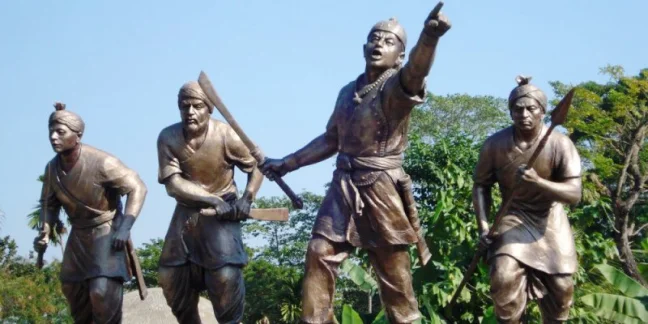
One of the most enduring legacies of the Ahoms is their architectural achievements. The kingdom is dotted with monuments that stand as a testament to their architectural prowess. The Rang Ghar, often referred to as Asia's oldest amphitheater, is a prominent example. The Talatal Ghar, a multi-storied palace in Sivasagar, showcases the Ahom's advanced engineering skills. The Ahoms also constructed numerous temples, including the renowned Siva Dol in Sivasagar, which remains a major pilgrimage site.
Decline and Legacy
The decline of the Ahom Kingdom began in the late 18th century, primarily due to internal strife and external invasions. The Burmese invasions in the early 19th century dealt a severe blow to the kingdom, leading to its eventual downfall. In 1826, the Treaty of Yandabo marked the end of the Ahom rule and the beginning of British colonial control over Assam.
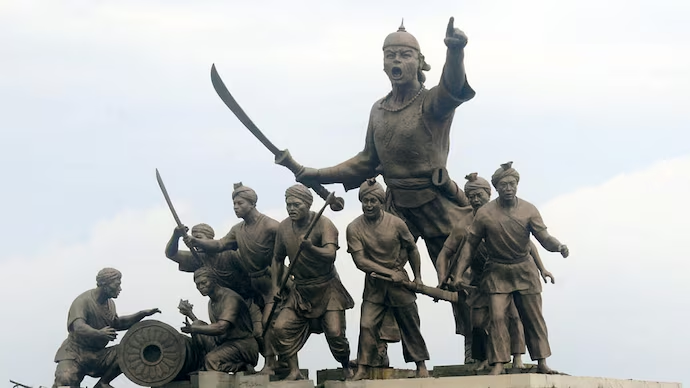
Despite its decline, the legacy of the Ahom Kingdom continues to shape the identity of Assam. The Ahom dynasty's contributions to the region's culture, language, and traditions are deeply ingrained in Assamese society. The annual celebration of Lachit Divas on November 24th commemorates the bravery of Lachit Borphukan and serves as a reminder of the indomitable spirit of the Ahom warriors.
Conclusion
The Ahom Kingdom stands as a symbol of Assam's rich historical and cultural heritage. Its legacy is not only a source of pride for the people of Assam but also an important chapter in India's history. For visitors to Assam, exploring the remnants of the Ahom era offers a unique opportunity to connect with the region's past and appreciate the achievements of a remarkable dynasty that shaped the course of history in Northeast India. Whether it's visiting the majestic Rang Ghar, the historic Sivasagar town, or learning about the tales of valor and governance, the Ahom Kingdom continues to captivate the imagination of history enthusiasts and travelers alike.



